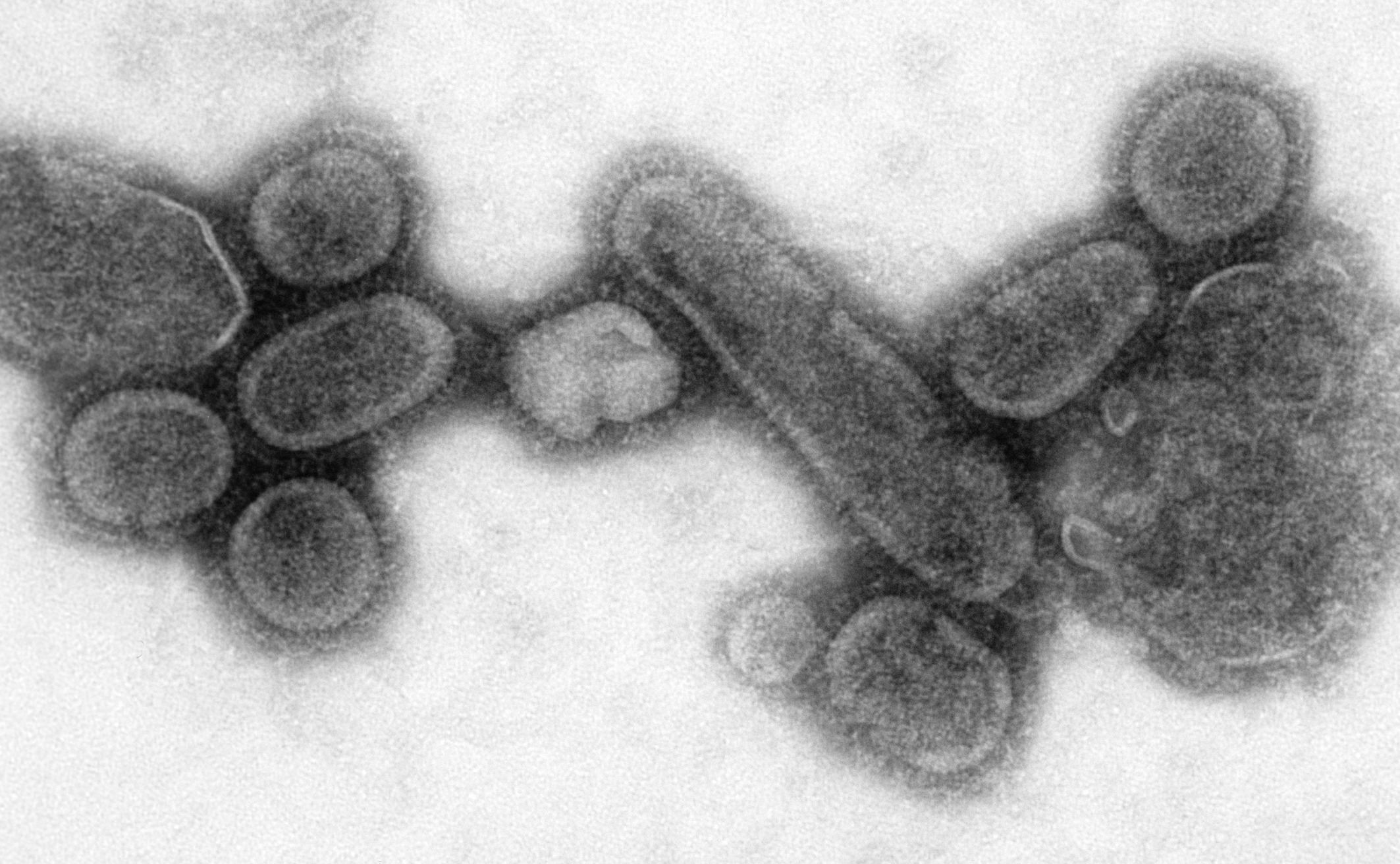When a person is vaccinated, he or she will build up an immunity to various forms of infection, meaning the immune system will be prepared for battle more readily than for people who are not vaccinated.
This does not mean the person who is vaccinated does not have the virus. The person may very well have the virus in large quantities on areas on the body where the immune system cannot reach it, or where it cannot cause symptoms, such as on the surface of the skin, hair, clothes, cell phone, keys, water bottle, credit cards, money, any surface on which a virus may survive.
The danger isn't to those who were vaccinated, but to those who are not vaccinated; those whose immune systems are not prepared to fight off the infection, not the reverse where everyone seems to fear getting infections from non-vaccinated people. They will show symptoms much faster and most likely be isolated sooner than people who are vaccinated, still have the virus on them, but show no symptoms.
The phenomenon of inverse logic was prevalent during the 1980's AIDS crisis. The lack of public information about HIV/AIDS created a legacy of rumors and misconceptions which often become conceptual templates for other forms of infection.
The fear of people who are not vaccinated should in reality be a fear for people who are not vaccinated. Parents who don't want to vaccinate their children, but still send them to public schools should be aware that their own child will suffer more than the students who are vaccinated.
The mandatory vaccination law signed by the California governor had nothing to do with public health, but all to do with profits for the providers of the vaccines.


No comments:
Post a Comment